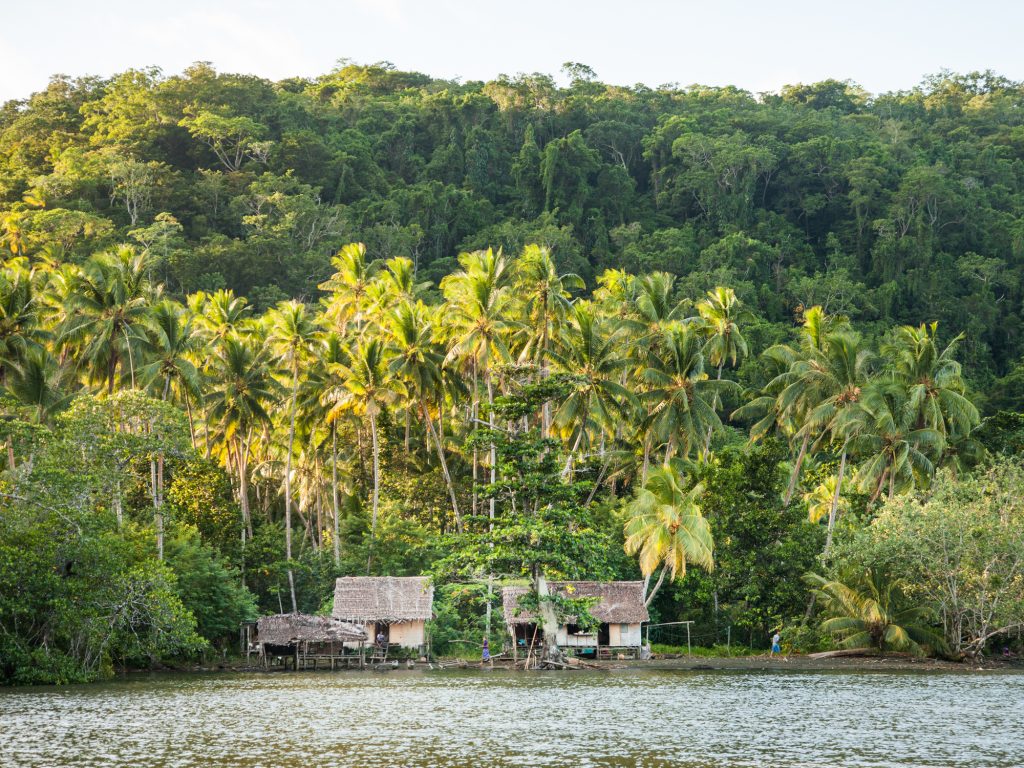Eight things we’ve learnt from the IPCC Report
This morning, the Intergovernmental Panel on Climate Change released the first of their climate change reports. If you take anything from this article then it is this; the time to act is now.
IPCC Report Takeaways
This 2021 report by the IPCC Working Group I (WGI) examines the physical science underpinning past, present, and future climate change.
Our Programmes Manager, Martin Simonneau, has given us his top eight takeaways.
What we’ve learnt:
1. “What drives further warming compared to today is future emissions. So this is really in our hands.” Valerie Masson-Delmotte, Co-Chair of Working Group 1 of the Sixth Assessment Report.
Earth’s surface temperature will continue to rise until 2050 under all scenarios. If we continue business as usual as we know it in 2021, we could exceed 1.5°C by the early 2030s. Despite a year of reduced activity due to Covid19 in which, contrary to popular belief, emissions have kept rising.
2. We must collectively reach net zero emissions before 2050 in order to remain under 2°C this century.
3. The global warming we’re experiencing right now has been caused by human activity – from the 1950’s to today. Human-induced climate change is already causing extreme weather in every region across the globe.
4. The richest countries on the planet are not taking the necessary steps or making significant pledges to limit greenhouse gas emissions. Every tenth of a degree of warming matters, but the report highlights that if we act now, it is not too late to keep temperatures close to 1.5°C (on the condition that we get to net-zero by 2050).
5. This IPCC report has been designed to be accessible to many. From students to the general public, to decision-makers, all the way to the experts. This is the first time that an IPCC report has been designed to communicate climate science and climate change in a digestible way to as many people as possible. Knowledge is power, and information on what is happening to our Earth systems is crucial for all who live on our planet.
6. For the first time, the IPCC report is providing region-specific information. Every region is experiencing some degree of change, with some more extreme than others, and as a result, mitigative and adaptive solutions must be tailored to context.
7. There is only a 50% chance that global temperature rise will stabilise around 1.5°C if we reduce emissions significantly. To do this, we would need to remove CO2 from the atmosphere either by using technology or protecting natural carbon sinks on both water and land (hello, rainforests). As emissions continue to increase, the climate sensitivity of natural carbon sinks also increases and they become less and less able to act as carbon sinks (demonstrated in a recent study on specific areas of the Amazon which are no longer carbon sinks).
8. Let’s talk budgets. Not in dollars or pounds, but in tonnes of CO2. If we want to remain within a certain temperature target, we know that this is equivalent to a finite amount of carbon we can emit, before reaching net zero. If we have any hope of that 50% chance of remaining under 1.5°C, we have 500 billion tonnes of CO2 to emit left. At the speed we’re currently travelling, we would use this carbon budget in the next 12 years.
Why should we be optimistic?
“The climate we experience in the future depends on our decisions now.” – Valerie Masson-Delmott
We’ve chosen to back people who live in the rainforest because their cultures, beliefs, systems of production and practices have ensured these ecosystems remain carbon sinks. The exploitation of the rainforest, and as a result its increasing vulnerability, is intimately linked to the injustices faced by the people who call it home. Without the means to continue stewarding and shaping these ecosystems, rainforests worldwide will stop acting as carbon sinks leaving us with only direct carbon capture technologies as an option. A technology that is costly and remains unavailable.
The headlines today and for the rest of the week may be alarming but climate change is being reported accurately and substantially thanks to this report. This can only be good. Policymakers are feeling the pressure ahead of COP26 in Glasgow. The challenge is to keep the momentum going and Cool Earth is here to do just that.
To support our work, click here.
Note: the IPCC is a policy-neutral institution. They do not comment on policies or tell decision-makers what to do. They exist to provide information based on the most recent and most advanced scientific evidence they’ve reviewed.


